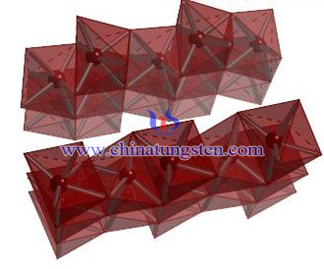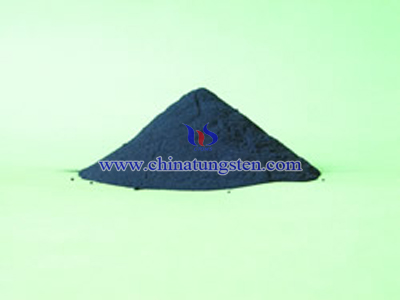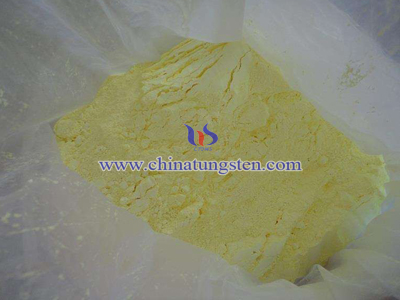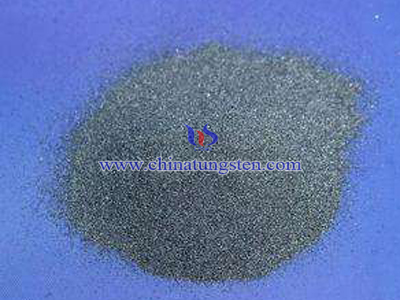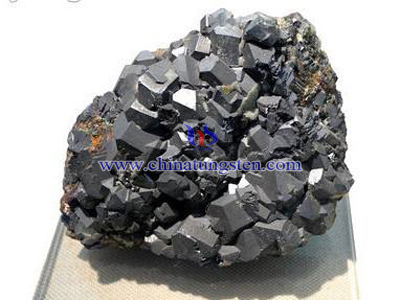Tungsten(IV) Telluride
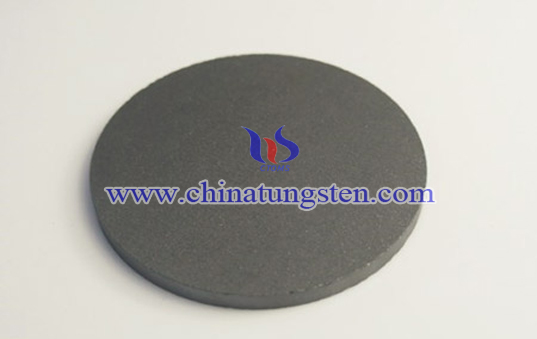
Tungsten(IV) telluride (WTe2) is an inorganic semimetallic chemical compound. In October 2014, tungsten ditelluride was discovered to exhibit an extremely large magnetoresistance: 13 million percent with no known saturation point. The resistance is proportional to the square of the magnetic field. This may be due to the materiel being the first example of a compensated semimetal, in which the number of mobile holes is the same as the number of electrons. The structure of tungsten ditelluride is layered, and the substance can be exfoliated into thin sheets down to monolayers. However electrons can easily move between the layers, unlike in other two dimensional semiconductors. The fraction of charge carriers is 0.005 per formula unit (WTe2).
When subjected to pressure, the magnetoresistance effect in WTe2 is reduced. At a pressure of 10.5 GPa magnetoresistance disappears. Above this same pressure of 10.5 GPa tungsten ditelluride can become a superconducter. At 13.0 GPa the transition to superconductivity happens below 6.5K. WTe2 was also recently predicted to be a Weyl semimetal and, in particular, to be the first example of a "Type II" Weyl semimetal, where the Weyl nodes exist at the intersection of the electron and hole pockets.

